I'm new to Assembly language, I'm reading Assembly Language Programming By Ytha Yu, Charles Marut
Anyway, I'm in Chapter 6 and I can't figure out the case of the flags which the processor uses to do conditional jumps. I know what the flags basically do, for example, I know that Overflow flag sets or resets if any overflow occurs or doesn't in the last instruction. But I can't figure out how they play into the conditions of the jumps.
It would be really helpful if anyone helped me understand the uses of flag registers to implement conditional jumps.

